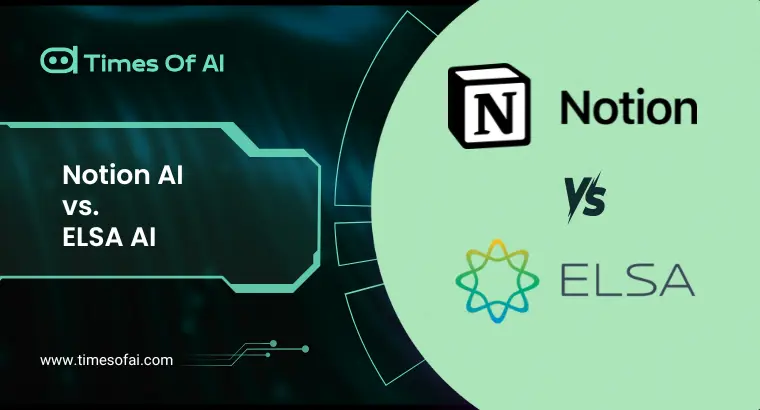
Cali, Colombia (October 29, 2024) – With the start of the UN’s COP16 conference on biodiversity issues, it has become evident how artificial intelligence is catalyzing and revolutionizing global conservation strategies by bringing new ways of collecting, analyzing, and synthesizing environmental data across borders.
“Today, we have massive amounts of data, but it’s not always accessible, relevant, or consistently computed to scientific standards,” says Adam Thompson, Global Sustainable Finance and ESG Offering Leader at IBM Consulting. “We need trustworthy and transparent data for risk and opportunity identification and corrective actions.”
The necessity for implementation of AI technologies for environmental protection purposes is made imperative by the following issues: only 25 out of 195 countries have turned in their biodiversity action plans before COP16.
“We know change isn’t easy and countries are facing challenges such as a lack of funding, insufficient data and political instability,” notes Bernadette Fischler Hooper, Head of International Advocacy at WWF UK.
IBM’s technological solutions are already paying off. Their Maximo Visual Inspection devices are being used to monitor the population of African forest elephants in the Congo Basin while their BluBoxx ocean data platform is used to observe the conditions of the coral reefs. Such systems are designed to handle vast volumes of datasets – for instance, 3.2 terabytes on a daily basis from the Sentinel-2 satellites, and 250 terabytes of weather forecasts.
The AI programs from the company are in line with the objectives of the “Paris Agreement for Nature” which requires nations to protect 30% of their territories by 2030. Thompson insists this is possible and cheaper when using small AI models, for example, the IBM Granite foundation models, which enables data processing without compromising on precision.
This intersection of AI with biodiversity is a big step forward and seeks to promote the protection of diversity and help meet ambitious global environmental targets while making complex ecological data more accessible to policymakers and the public.
Source: https://www.ibm.com/think/news/ai-role-biodiversity
Latest Stories:
Decagon Achieves 91% Customer Support Automation Using OpenAI Models
AI Infrastructure Growth Threatens Global E-Waste Crisis, Research Warns
Central Wisconsin Launches Revolutionary AI Center for Business and Workforce Training





